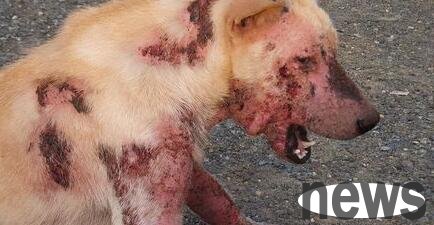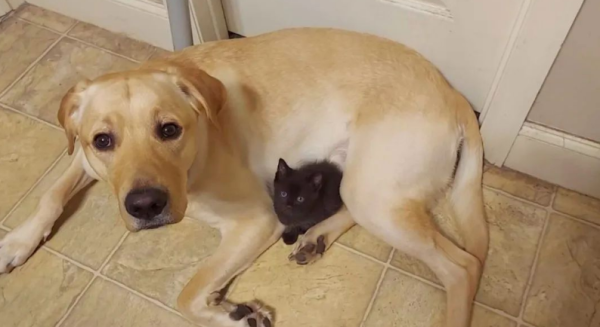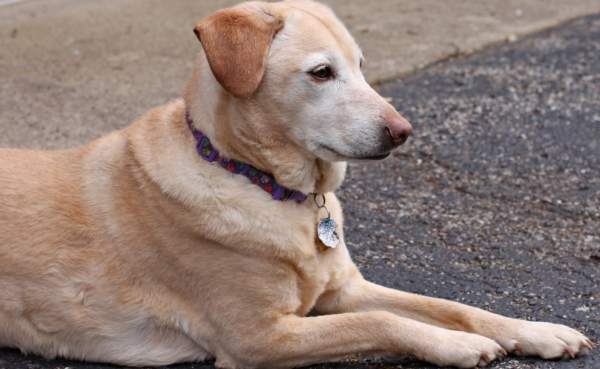Behavior | Diagnosis and treatment of dog separation anxiety
Separation anxiety is a common behavioral problem in dogs, and clinically 20% to 40% of dogs have this problem. When the dog is left alone at home by the owner and separated from the owner, it may experience excessive anxiety and uneasiness, which will lead to a series of behavioral problems, such as whine, damage to furniture, indoor urination and drowning. The potential motivations for these problems vary and require different therapeutic interventions.
As we age, the proportion of dogs suffering from separation anxiety gradually increases. Long-term anxiety can lead to a decrease in dog resistance and prone to other diseases. The bad behavior (dream, destruction) that arises may become the fuse for dog abandonment. Therefore, many dogs at rescue stations are not separated from abandonment, but are abandoned due to behavioral problems.

Diagnosis and Differentiation
If you are not sure if your dog suffers from separation anxiety, please provide behavioral veterinarians with 24 hours of surveillance video of your dog for help to get a better differential diagnosis.
Diagnostic criteria
There are the following criteria for diagnosing dog separation anxiety (all cases do not exist at the same time).
1. Strongly relies on the owner (excessive follow-up behavior, seeking attention, and needing companionship to eat)
2. Abnormal behavior occurs within 30 minutes of the attachment person being absent (or being considered by the dog to be absent)
3. During the owner being absent, one or more of the following abnormal behaviors occur (including two categories, one is problem behavior [problem behavior], which refers to problems that do not meet human expectations, but is normal for dogs; the other is behavior problem, which is a pathological problem and requires the diagnosis and treatment of a veterinarian)
• Destruction (tamping the door, destroying furniture, gnawing blinds, etc.)
• Barking loudly and whining
• Excessive urine and/or feces
• Excessive saliva secretion
• Loss of appetite
• Anxiety pace
• Behavioral depression(stagnation)
• Gastrointestinal symptoms, such as loss of appetite, vomiting, diarrhea
• Autologous injury, such as limb licking granulomas or breaking away from bondage, or dog cage injury
• Excessive or abnormal active exercise

4. Overexcited when the owner returns
5. Other fear or anxiety conditions, such as when there is a large noise or storm, behaviors similar to separation anxiety may occur even when there is no separation anxiety
Triggering scenario
Dogs have separation anxiety responses mainly
• When the owner is at home but is not in the same space as the dog, anxiety responses are shown.
• Anxiety reaction is shown when the owner is ready to leave.
• Most dogs will continue to show anxiety reactions after their owner leaves home.
• Dogs suffer from anxiety or fear of other events (huge noise, storms, territorial invasion), which may be combined with separation anxiety.
In addition, after a long time of companionship (such as the owner’s vacation), the owner returns to the original pace of life (such as work), and the dog may not be able to adapt to the separation anxiety














